The reformer is large enough to accommodate full-range motion, which is wonderful for increasing flexibility while building strength. It seems to invite the length you want to create in the body, and it trains the body to sustain that length.
Pushing and pulling with legs or arms against the resistance of the springs, carriage, and body weight is generally strength building. The exercises provide enough resistance and movement variety to help build strong bones. And there is a special feature—eccentric muscle contractions. This is when a muscle lengthens as it resists a force.
The reformer’s set-up for eccentric contraction is one of the keys to achieving the long, strong muscles without bulk for which Pilates is known.
The instability of a rolling carriage with the springs set at different levels of resistance provides all kinds of stability challenges that develop core strength and promote better balance. For example, having less of the body on the carriage is one of the ways Pilates exercises get harder.
It means more body weight has to be supported by the practitioner, and the body and machine have to be controlled even more from the core. Paradoxically, when the springs are in a lighter setting, some exercises are more challenging for the core because it has to work harder to control and stabilize the movement.
The stronger the core, the better the balance, posture, and overall well-being.
Exercising with the reformer is possible for anyone, at any level of fitness. It’s no wonder the full name of the reformer is the universal reformer.



